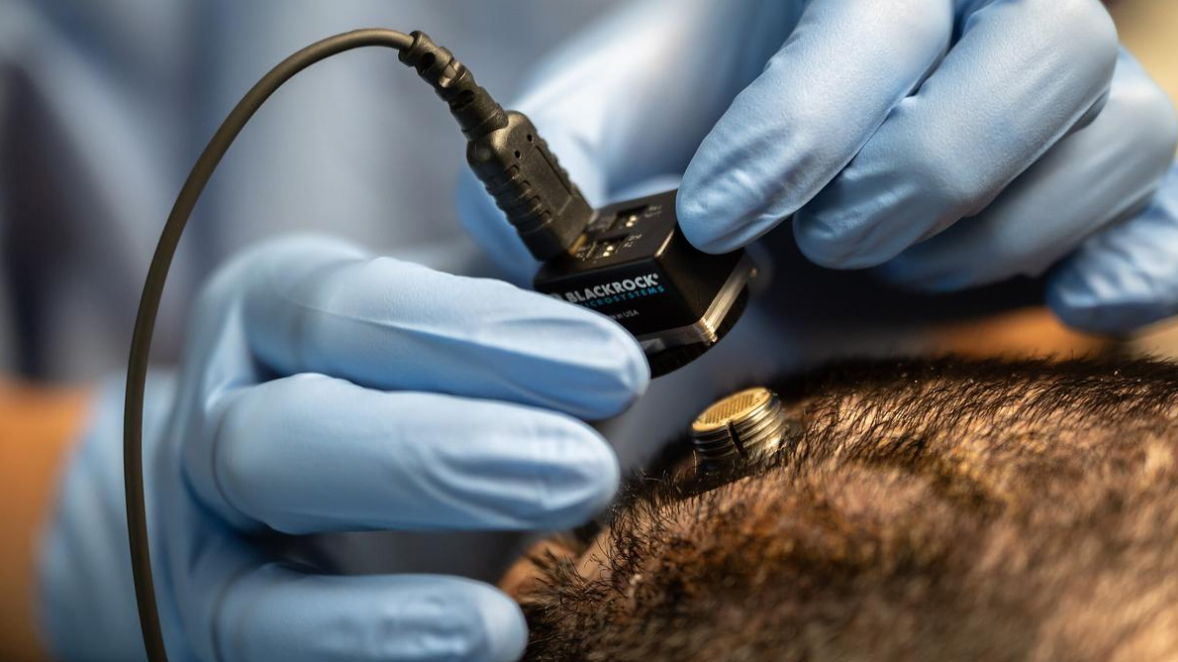



Objectives of Tianwen-1 include:
Note: Landing on Mars is notoriously difficult. Only the U.S. has successfully landed a spacecraft on Martian soil, doing it eight times since 1976.






© 2025 iasgyan. All right reserved